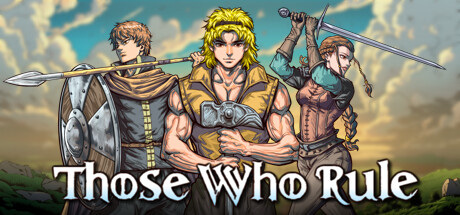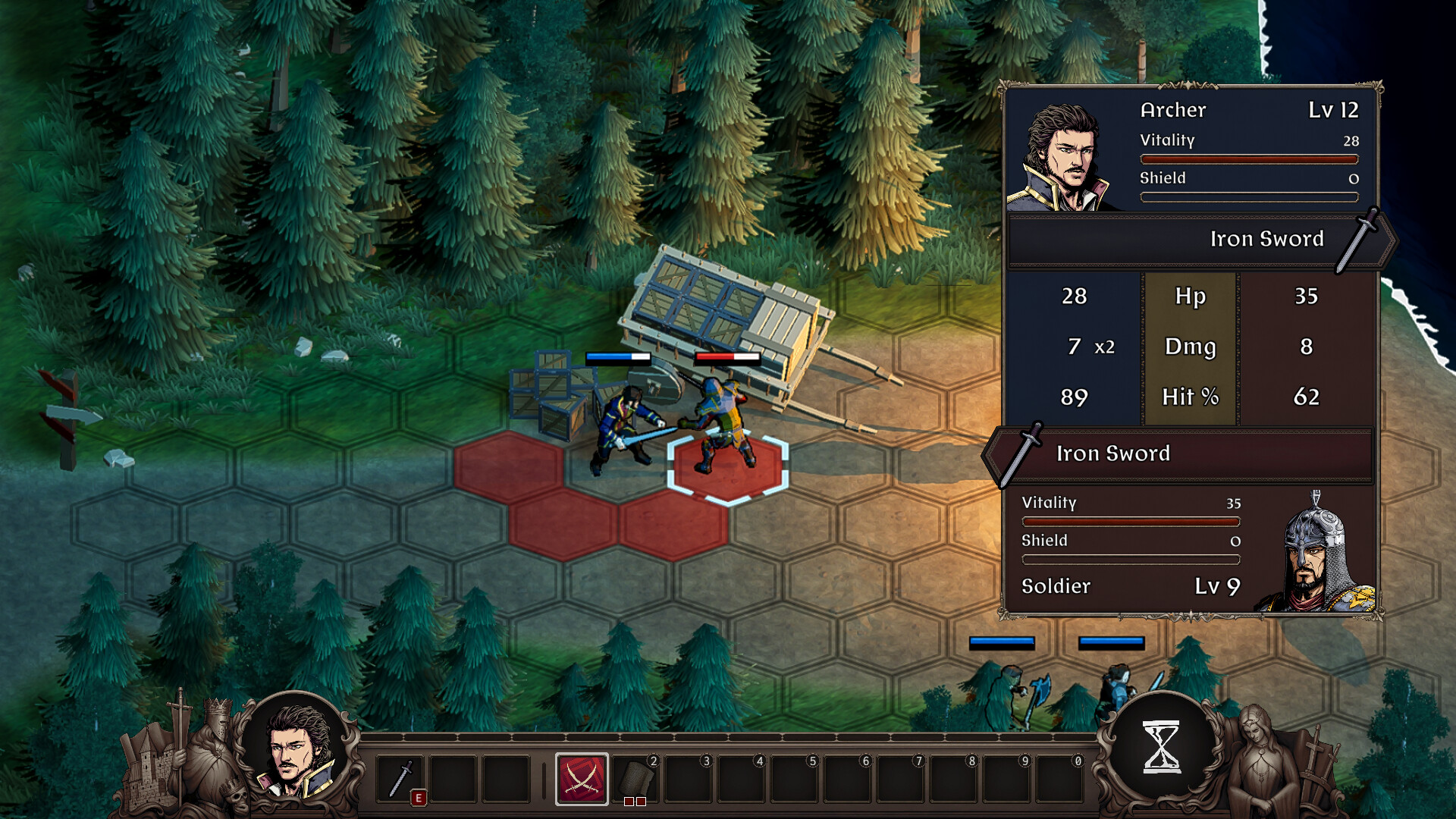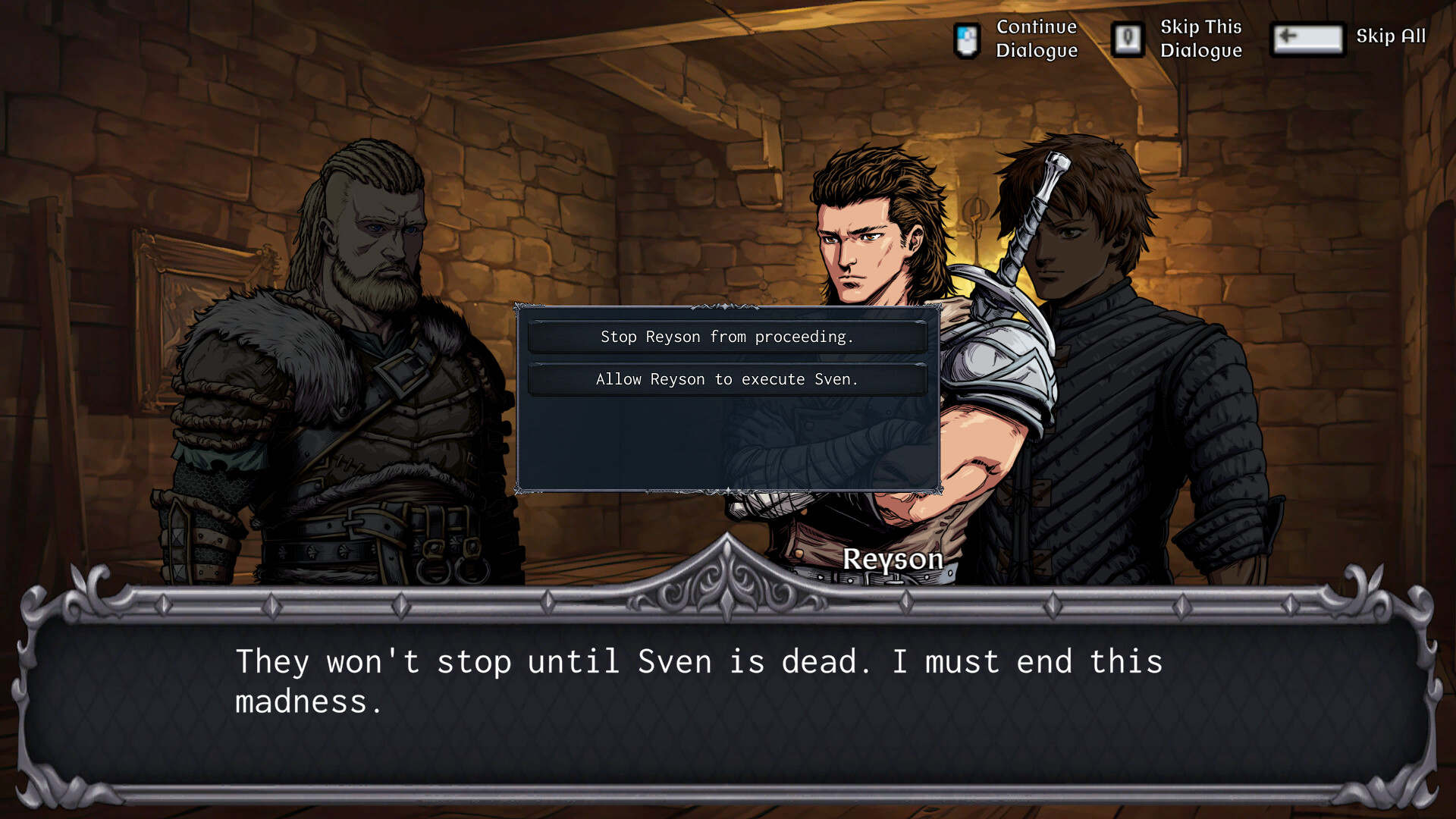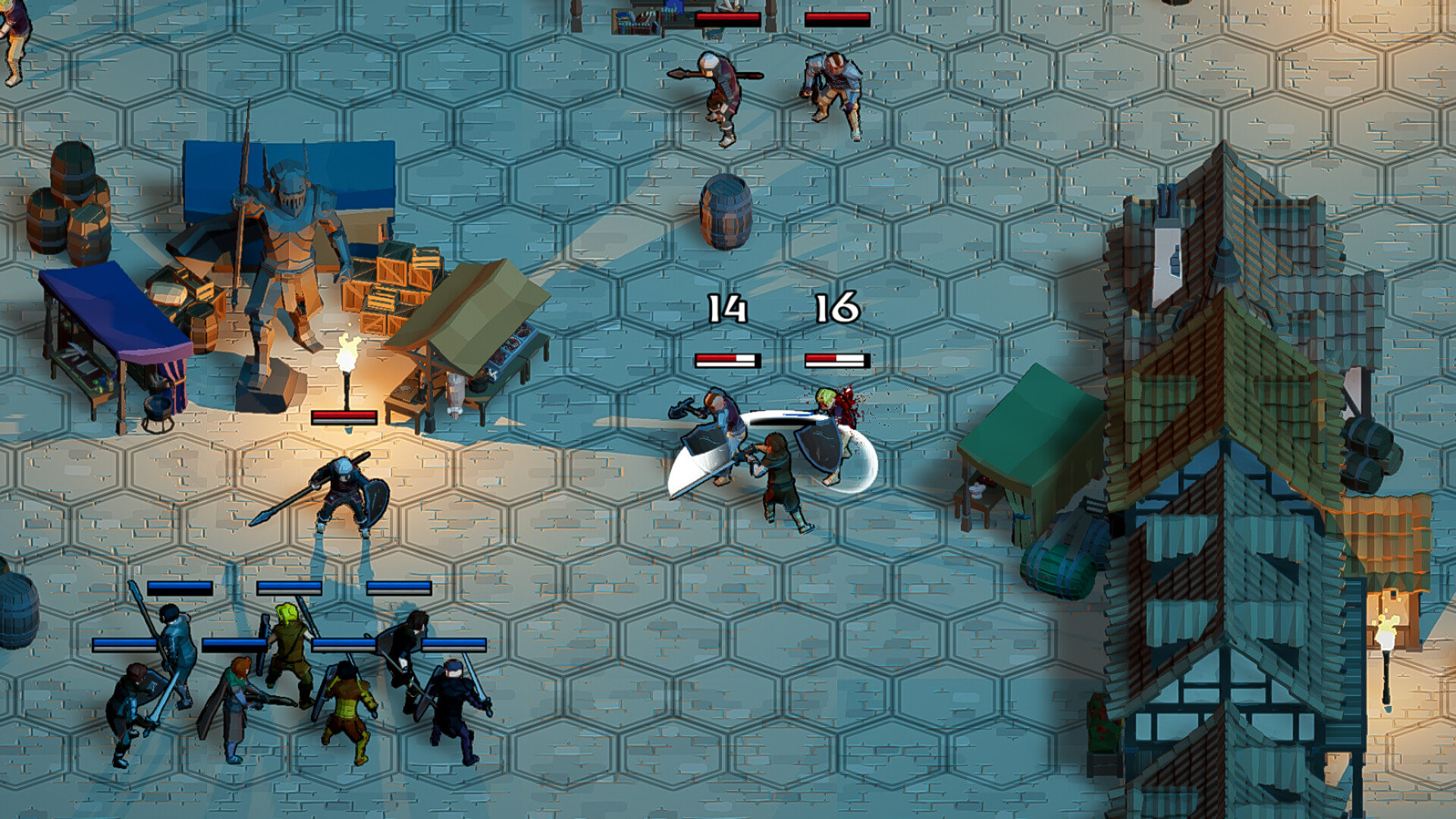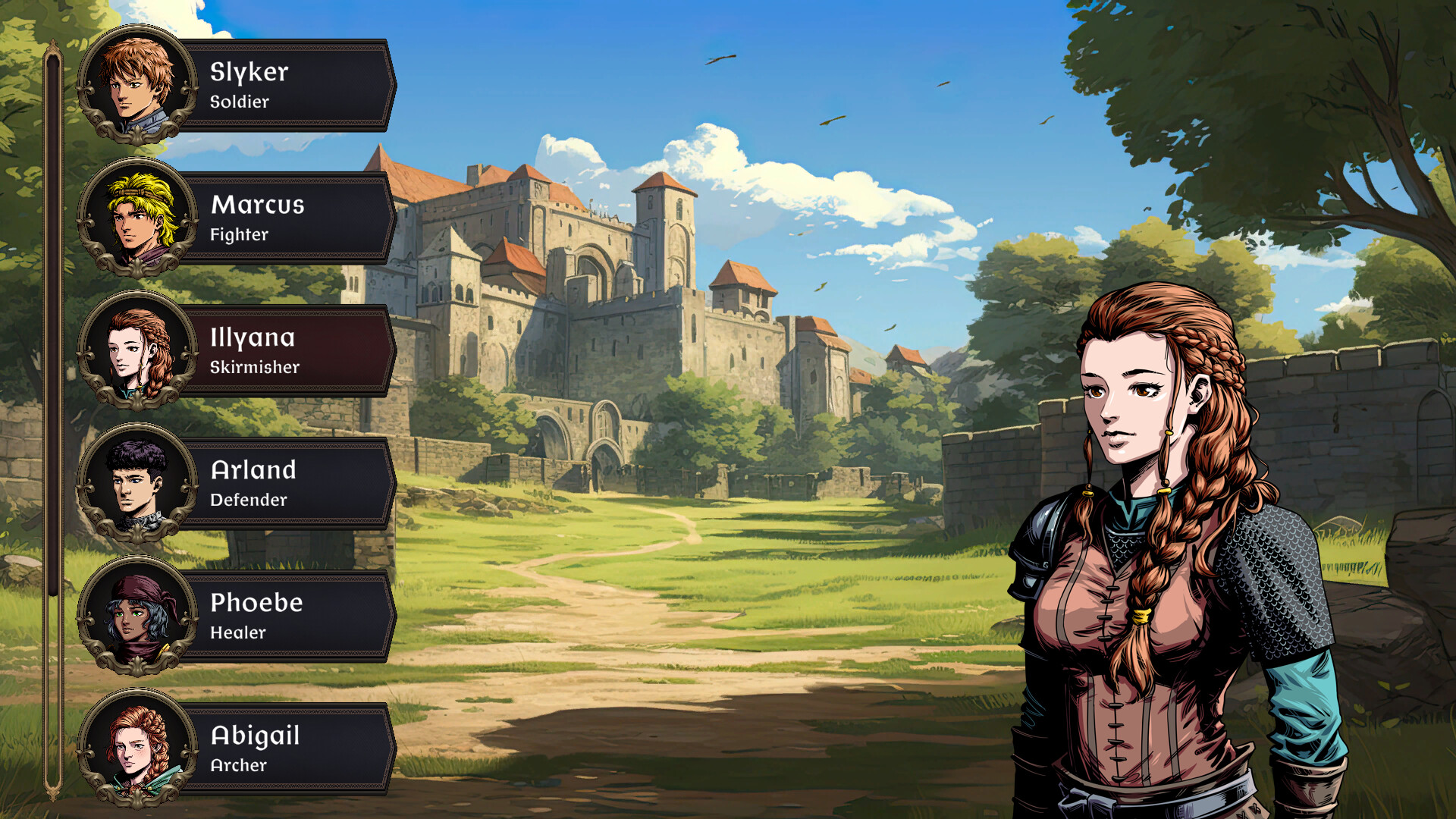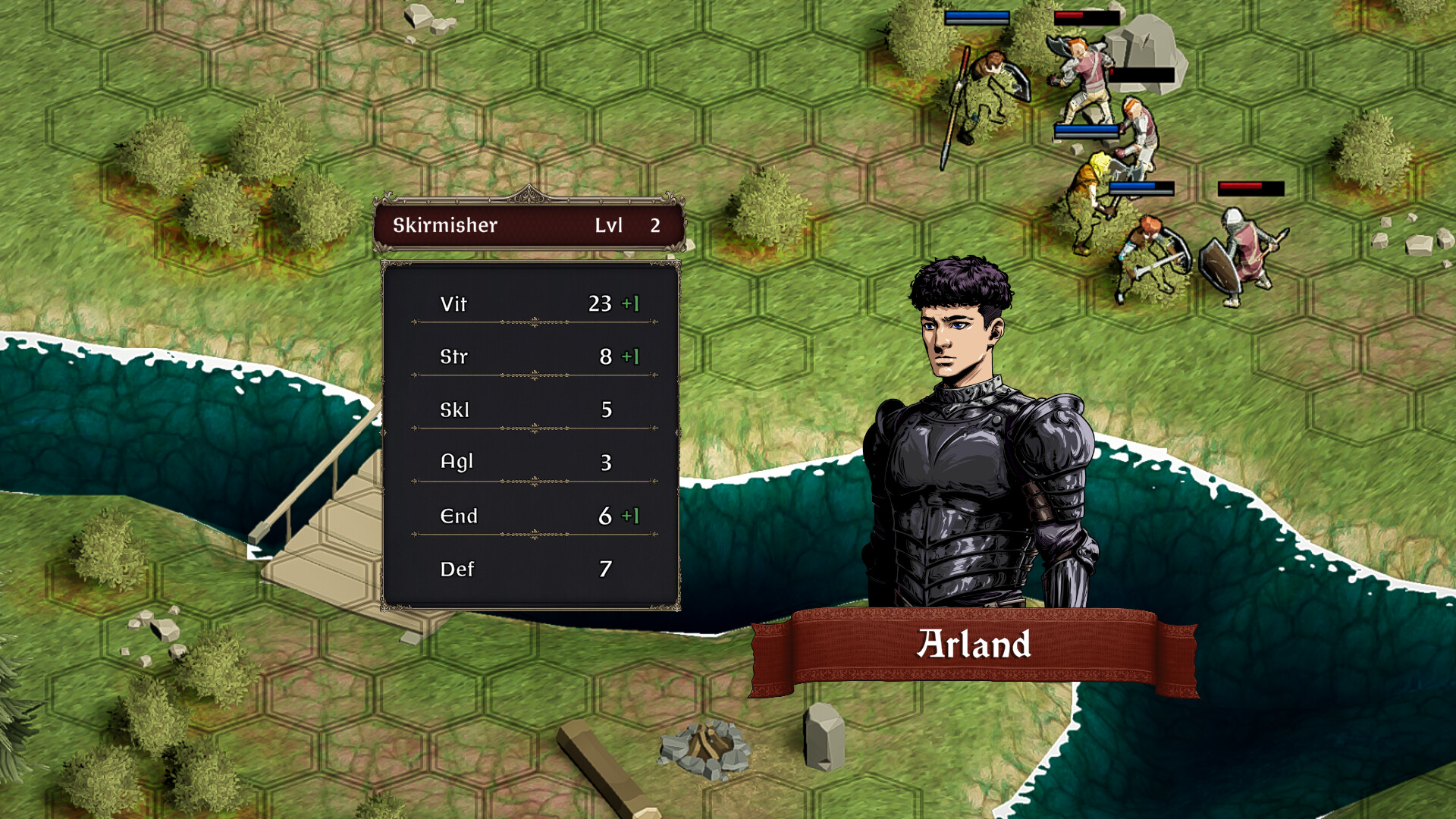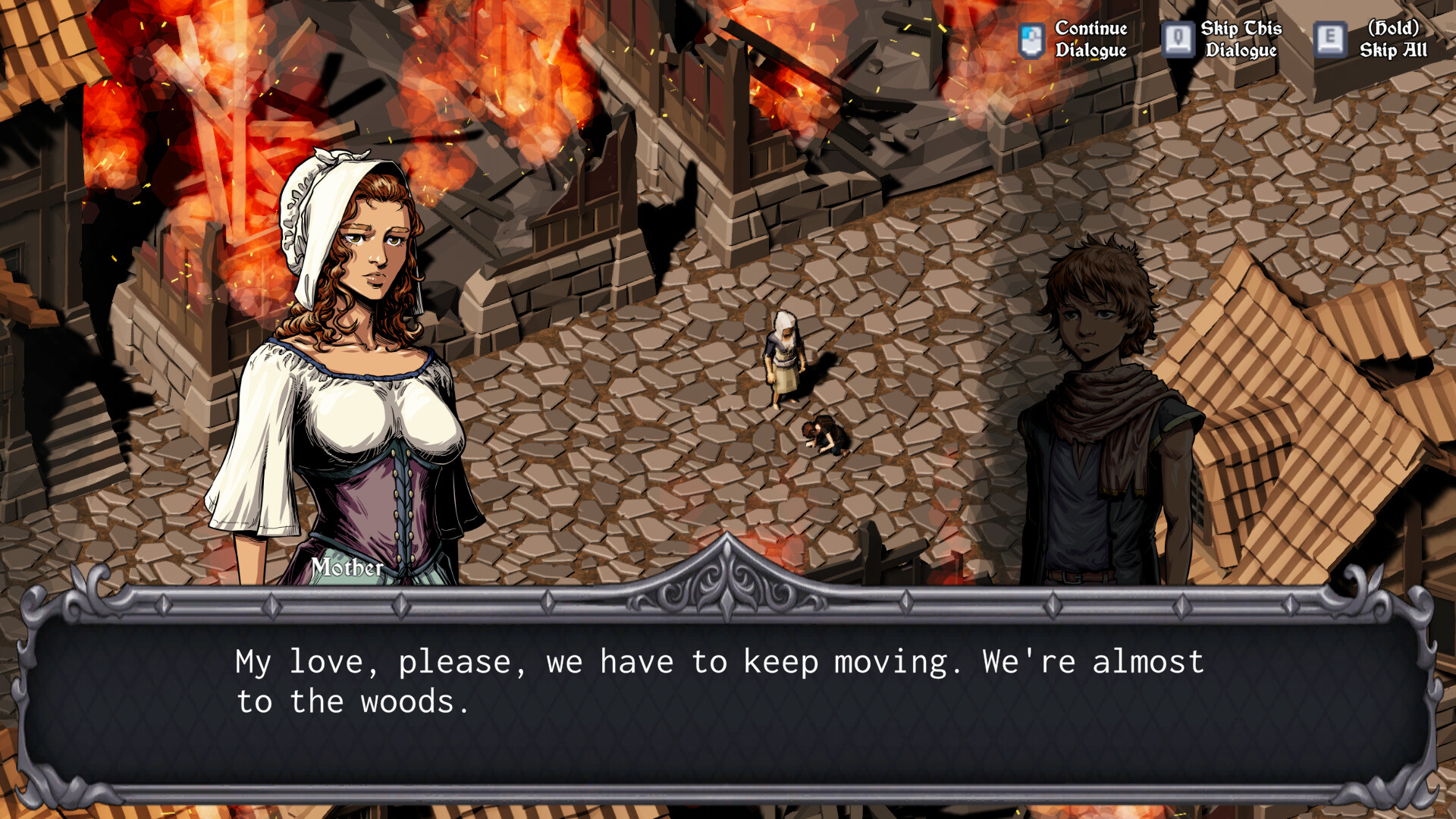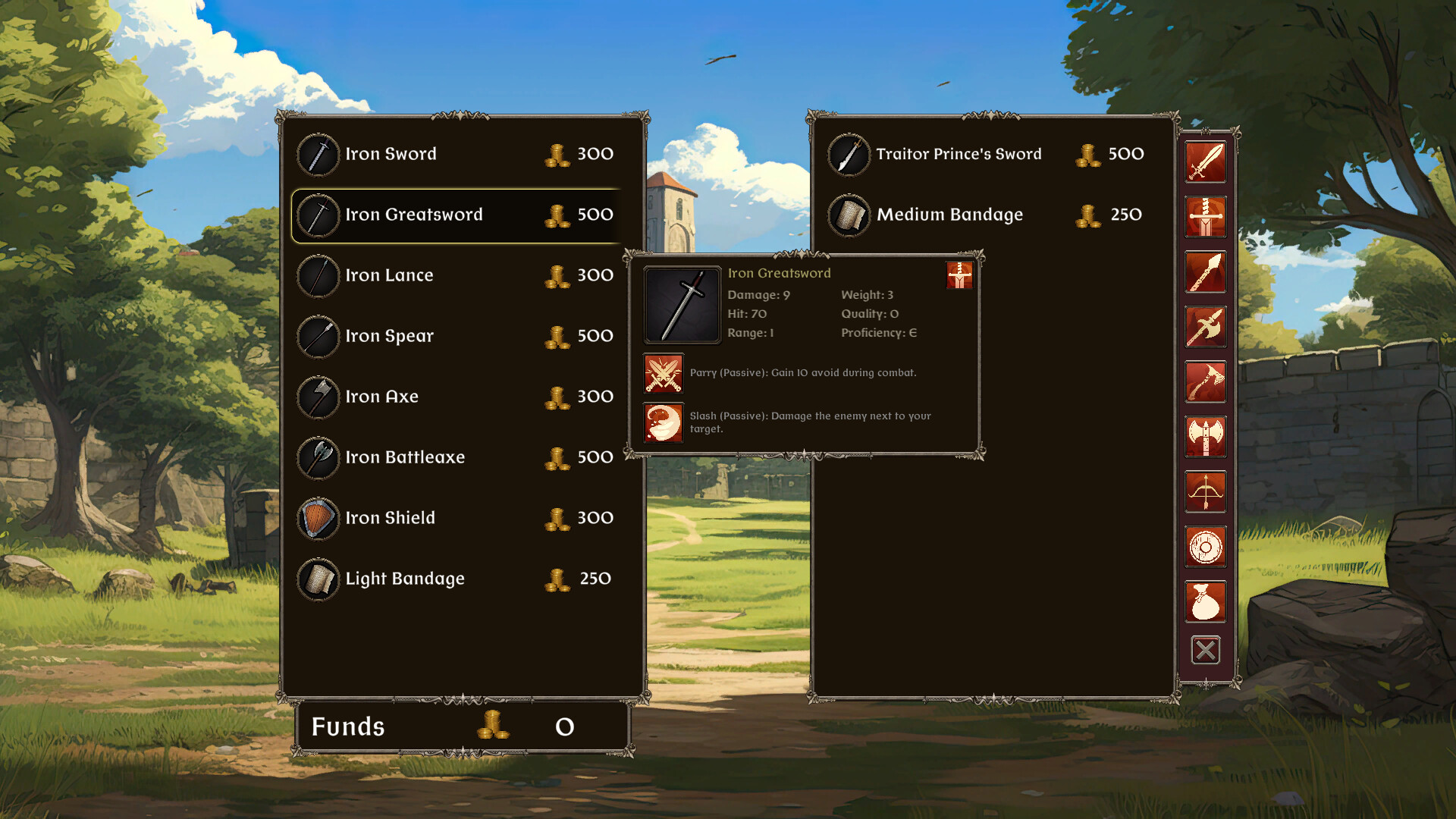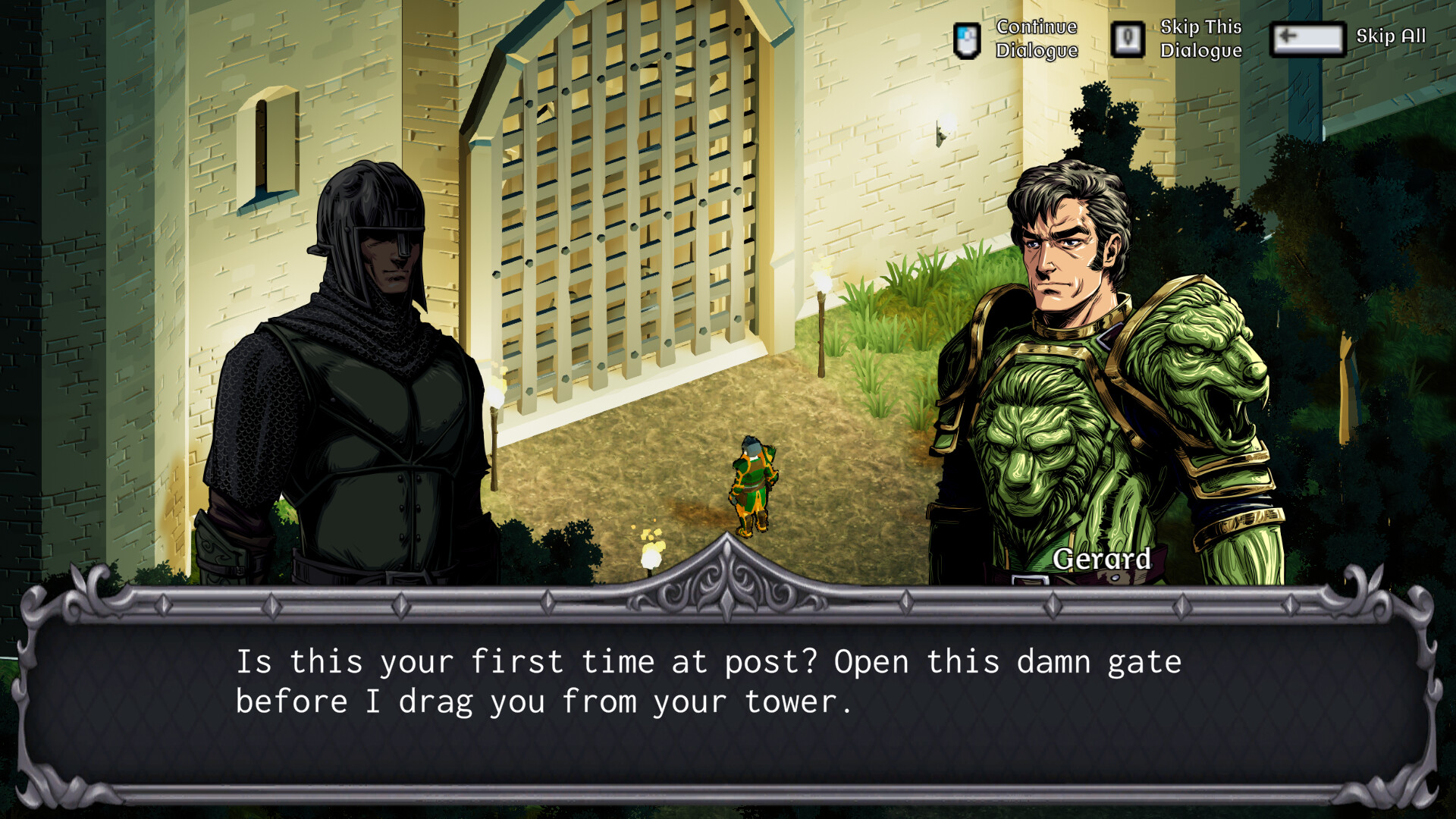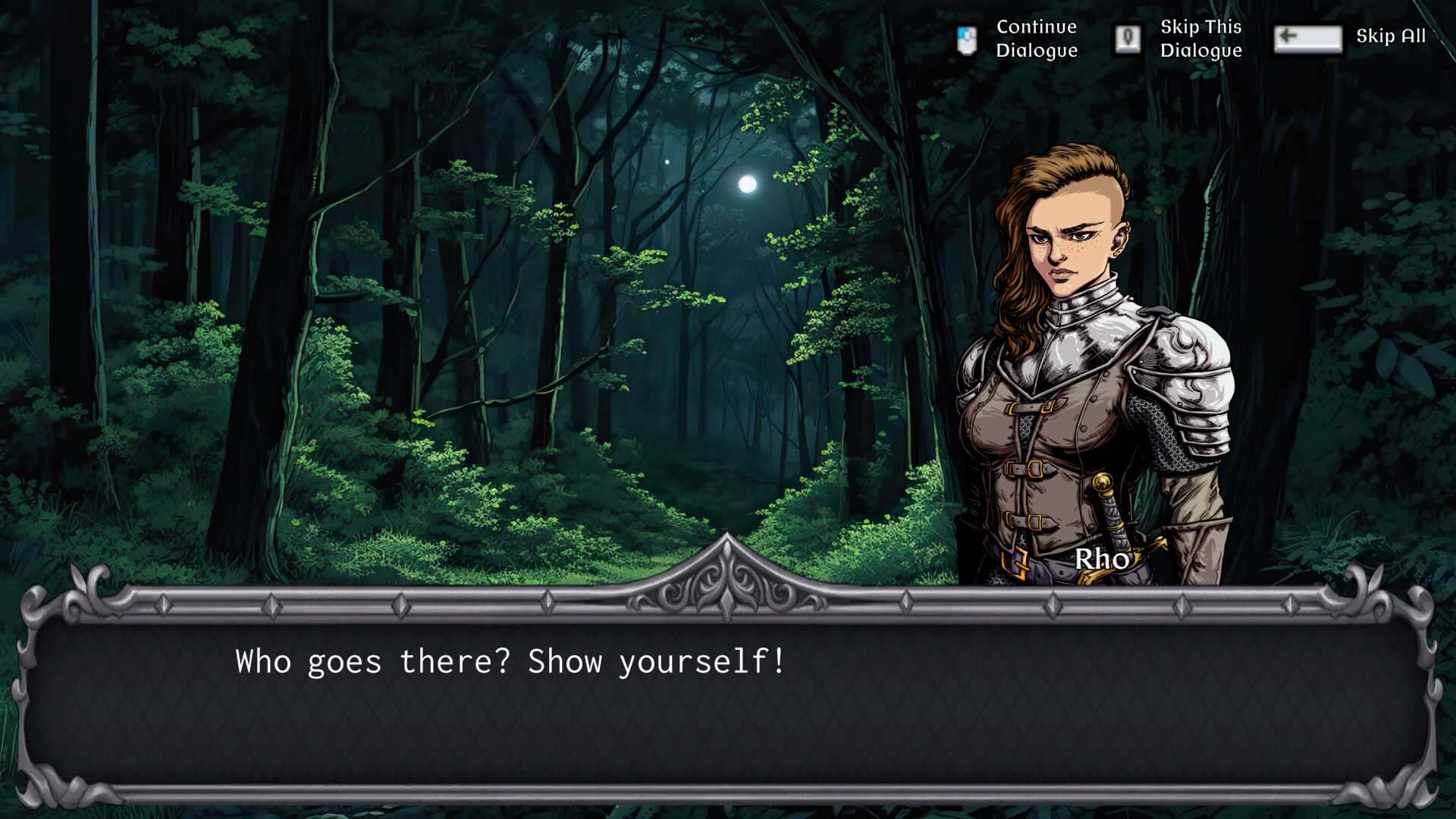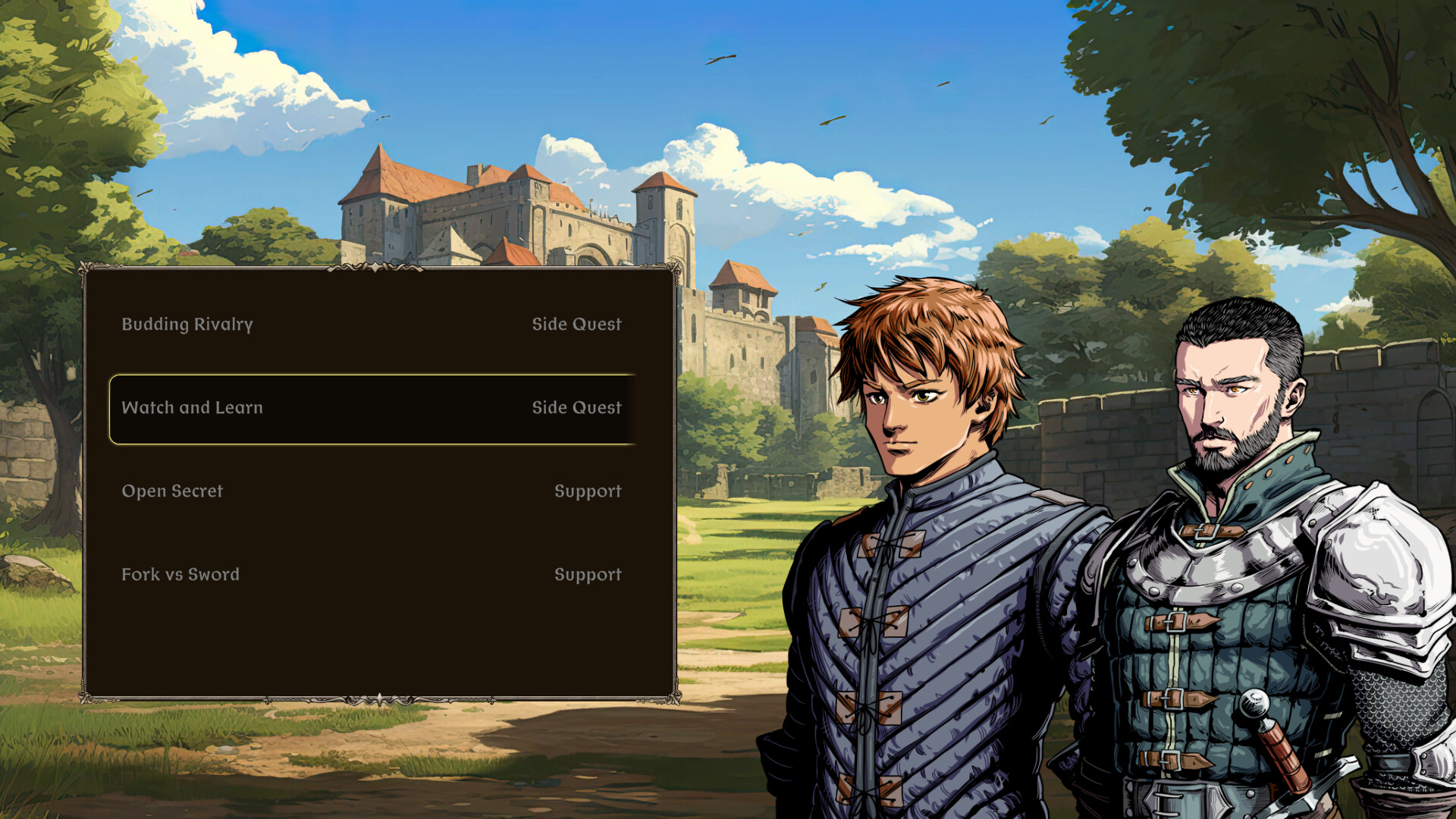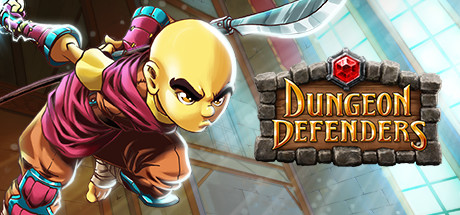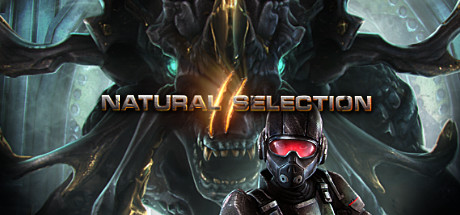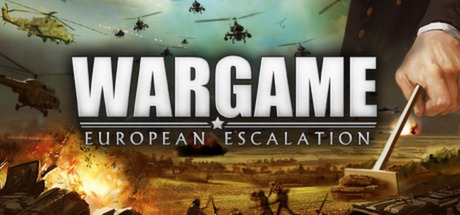Playtime:
3202 minutes
I found out about Those Who Rule by a review on Dark Deity II to grab TWR instead, then being intrigued by all reviews calling TWR an "[indie version of] Fire Emblem: Path of Radiance." That appellation is *very* accurate at times, for both good and ill.
---
The storytelling of the game is not really a focus and is even somewhat predictable. But TWR is respectable for its low fantasy setting and having an overarching themes of what cost is too high for societal change as well as what a leader should do. There's no evil sorcerer brainwashing and no evil god/dragon to slay, just the machinations of ambitious humans.
I was pleasantly surprised by the gameplay to story integration, such as the hilarious scene of Marcus getting the HP growth increasing ring, as well as a Shura/Boots moment regarding a lategame character's stats/skills. I also was greatly amused by some of the setpieces being unintentional(?) Path of Radiance references, like an escape map in a pirate town while being chased by a greatsword wielding enemy general or a near recreation of the Mekkah's Bridge map (though without the pitfalls).
---
The gameplay, by contrast, is the big focus. FE veterans should be familiar with traversing a map with a squad of characters in turn based battle, managing a budget of weapons versus gold acquired, hit chances, rules like doubling by having 4 or greater Attack Speed, who to prioritize feeding kills to level up, and so on. But TWR improves on FE ideas that either make the game more fair or add extra depth, to the point where I wonder if the developer has a FE romhack background.
The obvious change is the hexagonal terrain instead of squares, but it also comes with big mechanical changes of flanking/backstabs and Zone of Control. Backstabs can done by attacking an enemy unit from behind, where the backstabber will have guaranteed hit chances, ignore shield block HP, and will deal bonus damage. Zone of control works like the wargaming term, imposing movement penalties on the hexagons in front of your unit and helping prevent enemies from sneaking into your flank.
These changes not only emphasize better tactics, but it also is more fair system. Instead of making wall formation as in FE to bodyblock enemies from entering you backline, you can use interlocking zones of control to use a few units to prevent non Rogues from entering your backline. Backstabs replacing Critical hits means that you need to set up or outmaneuver enemies to delete tanky units instead of relying on Killer weapon criticals; conversely, backstab player deaths feel far more fair due to backstab deaths being on the fault of bad formation/forgetting about abilities rather than losing a unit to a lucky low% Critical.
Another big change is the differentiation between weapons and the ruleset, where every weapon type is distinct beyond numbers and has a distinct tactical use case like the greataxe ignoring shields and one fourth of an enemy's defense. So your greataxe fighters are useful for breaking a tanky enemy, but your own defenders need to be placed cautiously to avoid getting brained by enemy greataxe users. You will want to bait the enemy greataxe users with an avoid tank sword user like Illyana or Reyson.
The classes are also a welcome surprise, going for a branching path like Sacred Stones but importantly making sure each class has a distinct identity in skills and abilities. For example, all the defender classes are designed to tank on enemy phase, but they have different flavours: Champions let you taunt enemies and control where they face/attack, Centurions are focused around buffing others, and Paladins can heal adjacent units on kill/player phase start.
It's not really a surprise that the best classes are any classes with the ability to refresh their turn like Warlord or Commando; action economy has always been king in any turn based games. But all the classes have a theoretical use cases, like the Ranger's ability to avoid shields making them great for hindering tanky units outside of greataxe fighters.
The weapon changes and class changes go hand in hand with a playable cast which are generally distinct in gameplay and are interesting to build. For example, Illyana the sword protagonist follows the usual FE sword user with good speed and low Strength. The scrub lords like Roy or Lyn might be at the mercy of RNG, but Illyana can offset her poor Strength with a higher damage greatsword, leaning into backstab bonuses, or give her the Strength ring and watch her grow acceptable Strength.
Then there's the little changes which are appreciated. The Constitution stat is re-imagined as Endurance, but Endurance determines how much gear you can carry into battle instead of handicapping speedsters with Attack Speed penalties. Another example would be growth rates that are plainly visible like in FE Romhacks, which give you a good indication of how a unit will grow. An amazing blessing is the possibility of Fixed Growths from PoR, avoiding the issue of bad stats due to poor RNG on growths.
---
TWR isn't a perfect game and I have a few bones to pick with it.
The FE9 comparison is unfortunately accurate with the extremely long enemy phases. I know there's a Rapid Animation speed option, but even that felt too long at times and I would like a skip enemy phase option, with the only pauses showing you what characters die.
There's also no "checkpoint" style system, which got frustrating when I made an occasional mistake by the end of a map and then had to reset the entire map. Yes, I am aware that Shouzou Kaga designed FE with ironman playthroughs, but TWR is not a Kaga game. TWR indicates the developer likes improvement over strict imitation, so either Shadow Dragon mid-chapter saves or 3 uses of an Undo mechanic like Mila's Turnwheel/Divine Pulse would be perfect to limit those frustrations.
Side objectives pretty much disappear after the first half of the game and the last quarter of the game has stale objectives. Coming off of the awesome Chapter 15, it was disappointing to have a bunch of rout maps afterwards with little loot to chase.
There's also some of the poorly written parts of the interface which require you to go on the forums to figure out, a disappointment for game that's generally intuitive without outside research needed.
For example, Chapter 6's green unit side objective requires you to save 5 or more green units (as per dev responses) instead of a scaling reward like "save x out of 6 green units" would imply. Chapter 4's side objectives are similarly confusing, with Illyana's Chapter 4 side objective is also written in a janky manner like "Illyana cannot have defeated more than 1 unit" instead of something like "Illyana did not kill any units in this chapter." The Noah objective is also weirdly written and has separate objectives of killing and sparing him, leading to the confusing interpretation of being able to talk to him and then backstab him for full rewards.
Another example would be how recruitment works with some units. Chapter 10's recruit has an intuitive recruitment condition, since the recruit more or less says to talk to them with Slyker and this lines up with typical FE recruitment. But Chapter 8? (the one in the fort in the mountain pass) has two recruits who have hints to talk to Slyker, but actually can be recruited by talking to them with any character.
Another example would be the "support conversations" in the base camp, which make you think there's a support system considering the game's FE inspired gameplay, but they're really base conversations that only add to the fluff/worldbuilding.
The last example would be not making the class tree visible in game, to better help players plan out their builds.
---
Those Who Rule's improvements to the FE gameplay are worth the price of admission, even considering the slight grievances.
👍 : 4 |
😃 : 1
